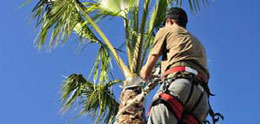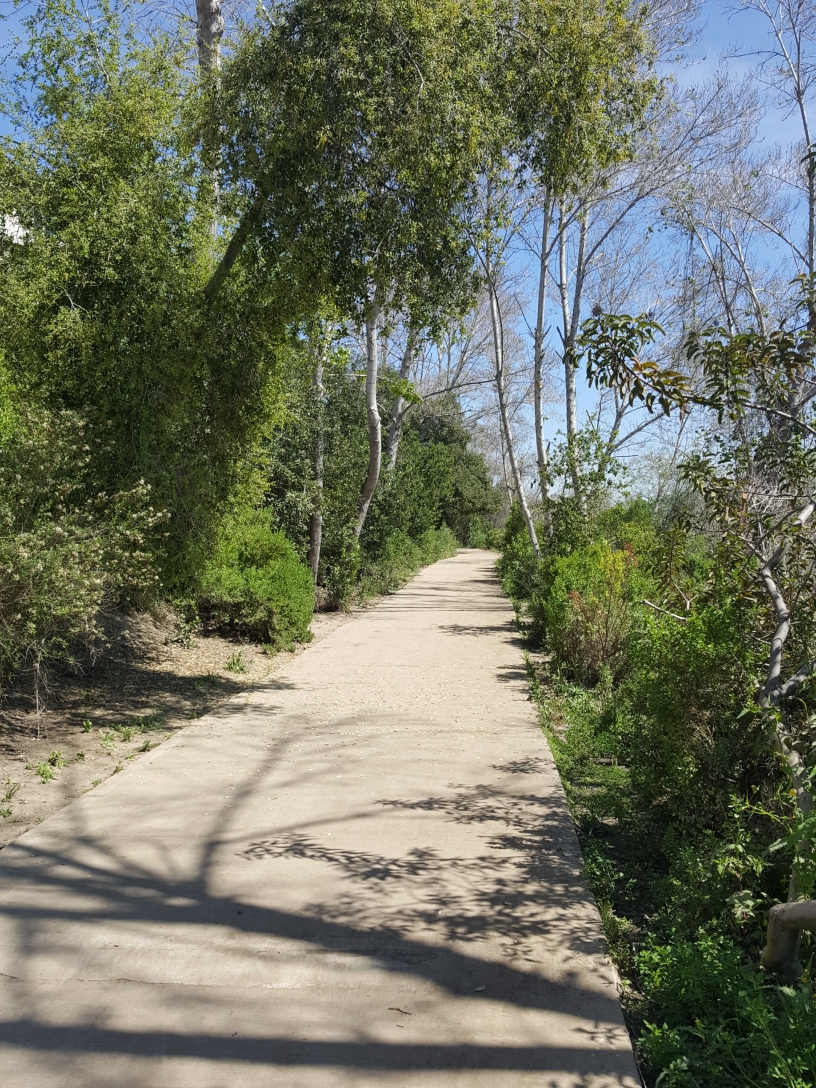Tree Problem Solutions

 The common concerns regarding trees in an urban environment are often easily solved. For example:
The common concerns regarding trees in an urban environment are often easily solved. For example:
- Damage to sidewalks and building footings: This can be prevented through proper plant selection, proper design, and new construction techniques. Also, trees can remain after roots have damaged sidewalks by root pruning, root barriers, sidewalk cutouts, sidewalk ramping, tree root bridge plates and/or sidewalk realignments.
- Damage to property and power lines: Proper pruning, tree selections and watering techniques can limit the amount of tree conflicts or unnecessary tree removals.
- Road hazards: Trees along neighborhood streets actually improve safety for adjacent residents and slow traffic down. While cars do collide with trees, these same obstructions prevent runaway cars from hitting pedestrians, residences and other cars. Trees should not be placed in or adjacent to travel lanes for higher speed roads.
- Leaves and seedpods on sidewalks, streets and property: Properly selected trees can reduce the amount of leaf litter to a manageable level. However, falling leaves and seedpods mark the change of seasons and help rebuild the soil.
- Cost of planting and maintaining: Each mature tree can add up to 20 percent in value to a home. The benefit increases as the size of the tree increases. Trees can be planted very inexpensively and require less maintenance than grass mowing, groundcover maintenance or asphalt resealing.
- Use of water and other growth resources: Trees require less of these resources than most other surface coverings such as lawns or asphalt. Trees are good at capturing winter rain, so soil stay moist well into the summer months without supplemental water. Trees with shade also help to reduce water evaporation from lawn areas that do require more supplemental watering much more frequently than other landscape materials. Additionally, when planted strategically around structures to cool and shade, trees can help save on energy costs. Learn how to help your trees survive a drought.
- Conflict with underground utilities and pipes: Many of these conflicts have been eliminated with newer sewer pipes and electrical lines. Often root pruning can resolve this problem or newer pipes that do not allow for root penetration can be added.
- Non-native tree species and environmental damage: San Diego has many trees that are not native to our area, but neither are humans and all physical development that we rely on in the region. Areas adjacent to native riparian areas and slopes that contain native trees should be planted with other native or non-invasive indigenous species. Though some of these trees are not native, they do provide a role in the natural environment and have become naturalized.
- Creation of waste products that fill landfills: Many of the by-products of trees can be recycled or left to mulch in soils. Allowing trees to have a longer lifespan before removal can help to reduce the amount of waste product.
- Blocking of views: Views can actually be increased in their quality by framing. Trees that block substantial portions of important views can be thinned and shaped to allow views through the trees.

